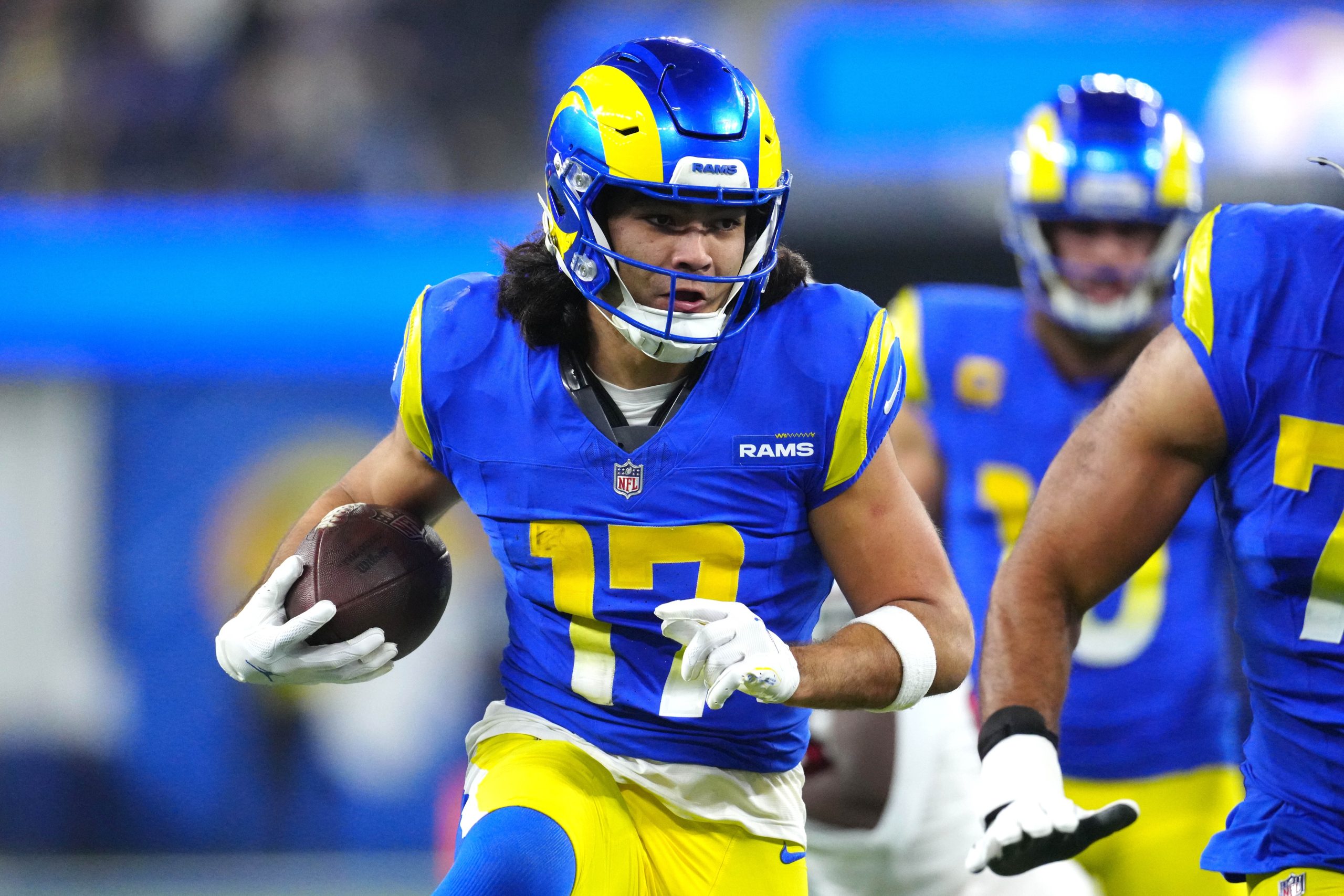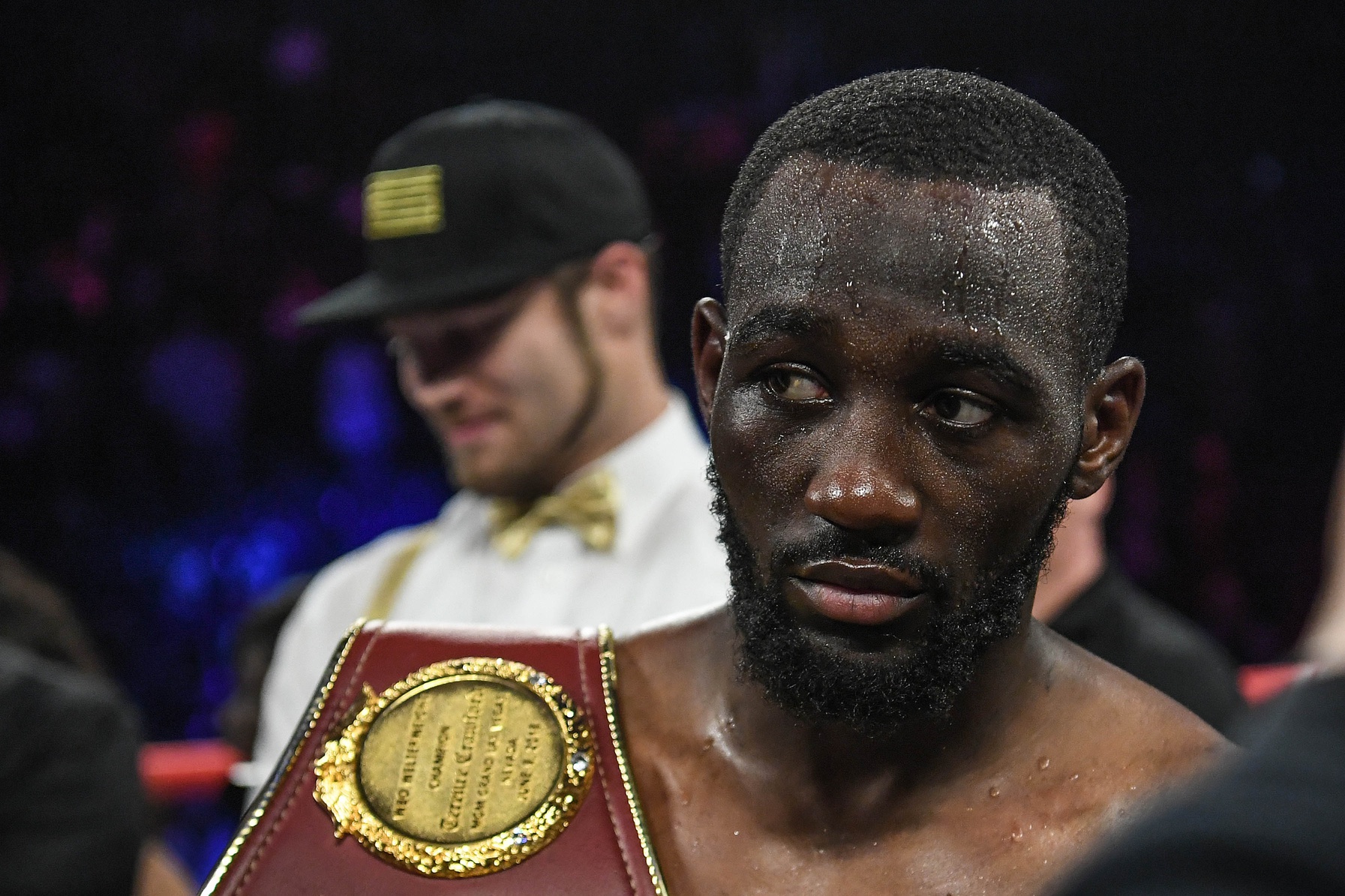Alright, everybody, I’m about to get serious for a minute.
You may not know this about me, but I was a student-athlete. I attended Oregon State University and was a member of the women’s rowing team, an NCAA sport unlike the men’s team. I was also a member of the Student-Athlete Advisory Committee (SAAC). It should be noted that I love my alma mater.
I was on a scholarship although very few others were as it just wasn’t in the budget. Go figure.
The men’s team received no scholarships. And, jeez, how they got through the double-days, the early mornings and the grueling practices without being paid is beyond me. They currently have over 30 athletes on their team’s roster for 2014. What suckers, right?
When I was still at OSU, our practice facilities consisted of one new-ish building. An un-heated, bare-bones construct which housed our team’s shells, a tape-viewing area, storage, a desk apt for one coach at a time, and our team trainer’s home base. We had one trainer for both the men and women’s teams who treated our bloodied hands, slipped discs, tendonitis, pulled backs, broken ribs – you name it. She was armed with the best that room had to offer. Ice, tape and heat packs.
If we wanted more extensive treatment we had to go to the basketball facilities to be treated with electrical stimulation, ice baths or ultrasound. Often carving out that treatment time in between classes during the day.
The other prominent building on the rowing compound (miles away from campus for which we were responsible for traveling to), was a literal barn built in 1907. The drafty and decayed landmark played host to our ergometers (or ergs/rowing machines) – some were new, some were old. Sometimes we were able to play music during our long pieces on the erg if the rudimentary sound system was deciding to cooperate. Sometimes we had to go without.
Don’t even get me started on the “locker rooms”.
Somehow we managed.
Both teams had practice in the morning and afternoon for the most part. Rowing was one of the few sports which required an early morning start, so we were usually finished with our first practice of the day before other sports had to roll out of bed.
We had a pretty good team average as far as GPA went. We attended our classes. Study sessions if we had to. When we were on the road for races, we would have allotted time for study which was important. ‘Student’ came before the ‘athlete’ part, after all.
We were responsible for our own meals, unless we were traveling for races or we were on spring break – which was always an exciting time in our sport. Spring break meant double (sometimes triple) days, BUT we got to eat at ‘training tables’.
‘Training tables’ were a privilege only football players got as far I could surmise. Perhaps other members of the “Big 3” (football, men’s basketball and baseball) took part as well, but of that I’m unsure. Essentially, the football team had their own cooking staff. They could have three, free meals a day located conveniently in the heart of Reser Stadium – home to everything they needed. A state-of-the-art weight room was dedicated solely to them. Their trainers (multiple), medical and otherwise, were on hand. The coaching staff’s offices were there. Locker rooms with incredible amenities as well.
If they never wanted to leave the stadium, I guess they really didn’t need to.
Tutors and academic advisors were available to the football team consistently and at odd hours. They often times had a get-out-of-jail-free card when it came to academics. It appears the University of Oregon has a literal version of said cards (sorry – rivals – had to get a dig in somewhere.)
My first year at university I took Math 111. College algebra, but admittedly incredibly difficult. After getting a C- on my first midterm (which was unacceptable to me) I dropped the class for fear of my GPA being dragged down.
I went to see an athletic academic advisor – someone known for working with some of the men’s teams – to see what my options were because I was struggling. She promptly placed me in Math 105 the next term. Otherwise known as Math ELS. Otherwise known as math for students with English as a second language.
In my class were a number of football players including the starting quarterback. It was a joke. Not only were we a bunch of American-bred, English speakers taking a class reserved for those who really needed the help, but the majority of the football players who took the class breezed through. Cheated. Copied. Left class early. The instructor didn’t care. He thought it was a joke, too.
The football players had anything they could ever need. Clothing, food, some unearned grades, housing. One could call it pampering.
I give you this extensive background on my student-athlete experience, not to make you feel any which way about my sport or my school, but to hopefully introduce a perspective I haven’t yet seen addressed.
There is an obvious rift between college athletics, and college athletes in particular, as it stands today. If you broke down the privileges between those of an NCAA D-I football player and those of, say, an NCAA D-I rower, well there’s just no comparison. Football programs do and will always receive 100 times better (insert whatever you want here) than other sports at the same school.
So imagine my surprise, when I find out that the ruling over whether or not football players, specifically at Northwestern University, should be able to unionize and collectively bargain fell in favor of Kain Coulter and his gang.
When I was in school, we practiced, played and competed because it was an honor to represent our university. Because for some of us, having a discounted education was something to be incredibly grateful for. Because for some – without sports – college wouldn’t have been an option. And because most of us loved our sport.
In my mind, the rowing team had about as little as one could function with while competing at the D-I level. But we didn’t care. We didn’t complain. We wanted to compete.
I suppose that’s not true for some. I suppose the national platform for which these football players were given to play on wasn’t big enough. I suppose that the education these football players are being offered isn’t good enough. I suppose a prominent shot at a lucrative NFL career isn’t enough because – keep in mind – anyone who enters the NFL draft must be removed from high school for at least three years with virtually all players who enter the draft having played in college.
It’s become more important to bite off the hand that feeds you and widen the already vast discrepancy between the money-making sports and those that don’t have as strong a viewership. Instead of fostering unity amongst a school’s range of athletes, I whole-heartedly believe this will draw an even more definitive line in the sand between athletes from different sports, all of whom are under the same university umbrella.
Even with guys on the same team there is bound to be an even more obvious separation between those who are good, NFL-bound and makin’ that money and those who are just so-so. Since when have collegiate sports become more about money than about camaraderie?
Isn’t that what people love about college football and basketball, in particular? That these students aren’t motivated by money, but rather the desire to play the game.
That pretty soon these students are going to join the ranks of those who would shirk the responsibility of attending practice for more money.
Commit crimes without penalty.
And get away with unsportsmanlike behavior on a field because who cares about fines?
Some have posed the question to me, as I have been in strong opposition of this unionization from the start, “But what about all the money that’s generated from using these players’ likeness or names to sell jerseys, etc.?” My question back would be and often is, “Yeah, where does that money go? Do you even know?” Back into the school? Back into paying the salaries of the enormous staff most football teams have? Back into new equipment, new uniforms, new infrastructure, travel? I can keep going, but bottom line is I’m sure most sorely underestimate the cost of maintaining an NCAA-competitive football team.
And while we’re at it – if this were a conversation about post-collegiate, continuous medical care for student-athletes or concussion research, well that is a conversation worth having. But it’s not. Not really. It’s a small part of a larger conversation that has dollar signs written all over it. Let’s be real. It’s about the top sport’s student-athletes having the “if you give a mouse a cookie” mentality.
Call me old-fashioned, but maybe all schools should adopt what Notre Dame, USC and Penn State hold steadfast – no names on the jerseys. Maybe the NCAA should disallow the likenesses of these students to be used in EA games. I’ll be the first to say a number of changes within the NCAA are in order. However, a solitary group of student-athletes being deemed “employees” shouldn’t be one of them.
But, what do I know? I’m just a rower.















About Kalena Liane
Recent Posts
Puka Nacua apologizes: ‘I had no idea’
"I deeply apologize to anyone who was offended."
Bears search for new stadium turning ugly
"Our fans deserve a world-class stadium."
Legendary boxer Terence Crawford retires
"I spent my whole life chasing something."
Jonathan Gannon already thinking on Cardinals future
"I believe in myself and I believe in our team."
Phillip Rivers happy to be back, but laments loss
"This isn't about me."
Fernando Mendoza takes home Heisman
"Por el amor y sacrificio de mis padres y abuelos, los quiero mucho."